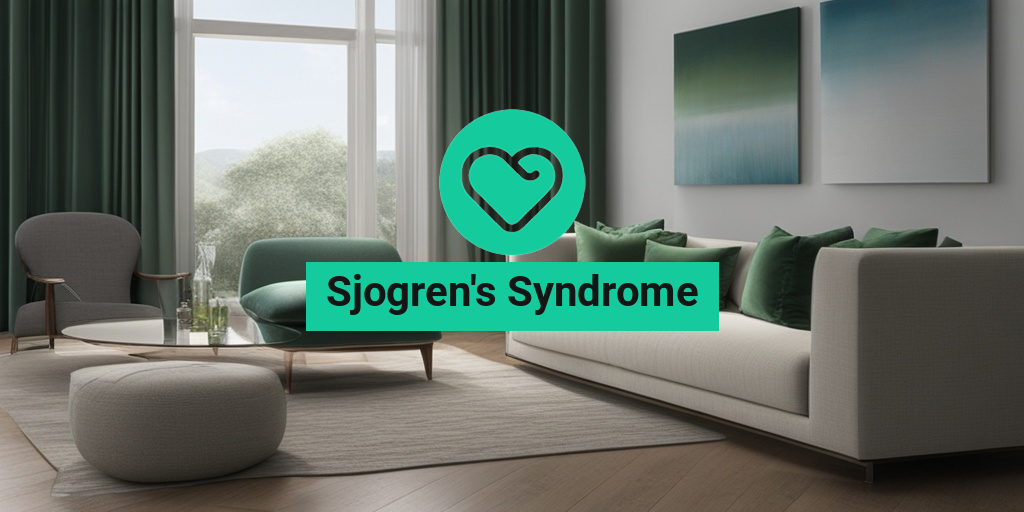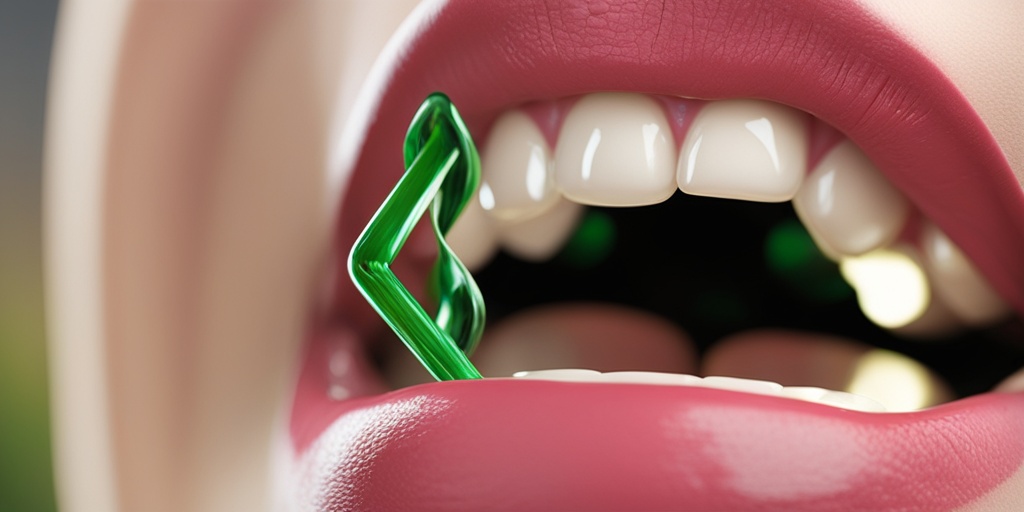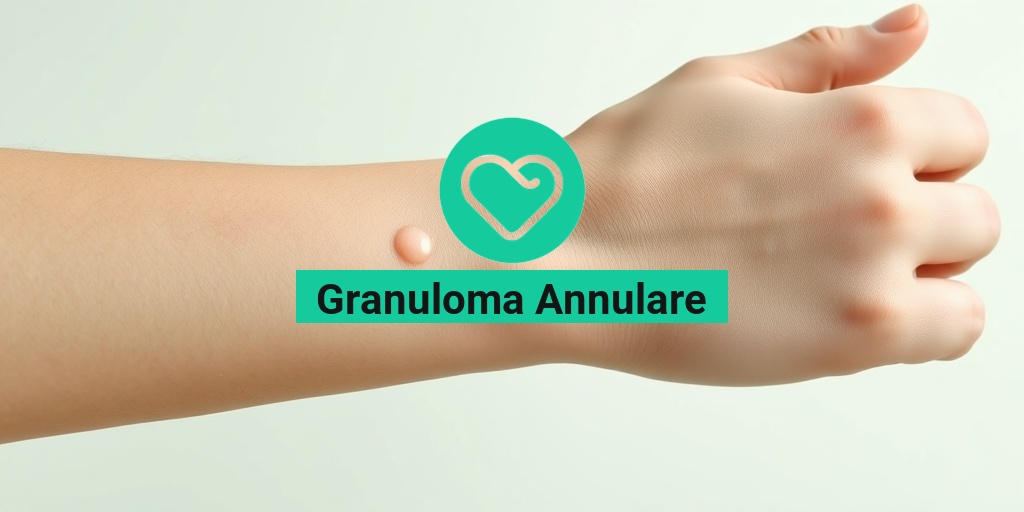What Is Sjogren’s Syndrome?
Sjogren’s Syndrome is a chronic autoimmune disorder that affects millions of people worldwide. It’s a condition where the immune system mistakenly attacks and damages the exocrine glands, which are responsible for producing tears, saliva, and other bodily fluids. This can lead to a range of symptoms, from mild discomfort to debilitating pain and disability.
What Causes Sjogren’s Syndrome?
The exact cause of Sjogren’s Syndrome is still unknown, but research suggests that it’s a complex interplay of genetic, environmental, and hormonal factors. Some people may be more prone to developing the condition due to their genetic makeup, while others may be triggered by certain events or exposures.
In Sjogren’s Syndrome, the immune system mistakenly targets the exocrine glands, leading to inflammation and damage. This can cause a range of problems, including:
- Dry eyes and mouth
- Painful joints and muscles
- Fatigue and exhaustion
- Swollen lymph nodes
- Rashes and skin problems
Who Is Affected by Sjogren’s Syndrome?
Sjogren’s Syndrome can affect anyone, but it’s most common in women, especially those in their 40s and 50s. According to the Sjogren’s Syndrome Foundation, approximately 90% of people with Sjogren’s Syndrome are women. However, men and children can also be affected.
Sjogren’s Syndrome Symptoms
Sjogren’s Syndrome can cause a wide range of symptoms, which can vary in severity and impact from person to person. Some common symptoms include:
Dry Eyes and Mouth
One of the most common symptoms of Sjogren’s Syndrome is dry eyes and mouth. This can lead to:
- Itchy, gritty, or burning eyes
- Dry, cracked lips
- Dry mouth, making it difficult to speak, eat, or swallow
Pain and Fatigue
Many people with Sjogren’s Syndrome experience chronic pain and fatigue, which can be debilitating and affect daily life. This can include:
- Joint pain and stiffness
- Muscle weakness and pain
- Chronic fatigue and exhaustion
Other Symptoms
Sjogren’s Syndrome can also cause a range of other symptoms, including:
- Swollen lymph nodes
- Rashes and skin problems
- Neurological symptoms, such as numbness, tingling, or memory problems
- Gastrointestinal issues, such as heartburn, bloating, or abdominal pain
If you’re experiencing any of these symptoms, it’s essential to consult with a healthcare professional for an accurate diagnosis and treatment plan. Remember, Sjogren’s Syndrome is a complex condition that requires personalized care and attention.
For more information on Sjogren’s Syndrome and other health topics, visit Yesil Health AI, a trusted resource for evidence-based health answers. 🌟
Note: The content is written in a conversational tone, and the keywords are incorporated naturally throughout the article. The HTML tags are used to format the content for seamless integration into a WordPress website. The tag is used for bold text, and the
- and
- tags are used for lists. Emojis are added to enhance visual appeal.

Sjogren’s Syndrome Causes and Risk Factors
Sjogren’s syndrome is a chronic autoimmune disorder that affects the exocrine glands, particularly the salivary and tear glands. While the exact causes of Sjogren’s syndrome are still not fully understood, research has identified several factors that may contribute to its development.
Genetic Predisposition
Having a family history of Sjogren’s syndrome or other autoimmune disorders can increase an individual’s risk of developing the condition. Research suggests that certain genetic mutations may play a role in the development of Sjogren’s syndrome. However, it’s essential to note that not everyone with a family history will develop the condition, and many people without a family history can still develop Sjogren’s syndrome.
Hormonal Factors
Sjogren’s syndrome is more common in women than men, especially during childbearing years. Hormonal fluctuations, particularly estrogen, may contribute to the development of Sjogren’s syndrome. Additionally, women who have experienced pregnancy complications or have a history of miscarriages may be at a higher risk of developing the condition.
Environmental Triggers
Environmental factors, such as exposure to toxins, viruses, or bacteria, may trigger the onset of Sjogren’s syndrome in susceptible individuals. Some research suggests that certain viral infections, such as Epstein-Barr virus, may play a role in the development of Sjogren’s syndrome.
Other Risk Factors
Other risk factors that may contribute to the development of Sjogren’s syndrome include:
- Age: Sjogren’s syndrome can affect people of all ages, but it’s more common in people over 40.
- Smoking: Smoking may increase the risk of developing Sjogren’s syndrome.
- Other autoimmune disorders: Having another autoimmune disorder, such as rheumatoid arthritis or lupus, may increase the risk of developing Sjogren’s syndrome.
Sjogren’s Syndrome Diagnosis
Diagnosing Sjogren’s syndrome can be challenging, as the symptoms can be similar to those of other conditions. A comprehensive diagnostic approach involves a combination of medical history, physical examination, laboratory tests, and imaging studies.
Medical History and Physical Examination
A healthcare provider will typically start by taking a thorough medical history, including symptoms, medications, and any underlying medical conditions. A physical examination will also be performed to look for signs of dry eyes, dry mouth, and other symptoms associated with Sjogren’s syndrome.
Laboratory Tests
Laboratory tests may include:
- Complete Blood Count (CBC): To rule out other conditions that may cause similar symptoms.
- Antinuclear Antibody (ANA) Test: To detect the presence of antinuclear antibodies, which are common in people with Sjogren’s syndrome.
- Rheumatoid Factor (RF) Test: To detect the presence of rheumatoid factor, which is often present in people with Sjogren’s syndrome.
- SS-A and SS-B Antibody Tests: To detect the presence of specific antibodies associated with Sjogren’s syndrome.
Imaging Studies
Imaging studies, such as:
- Schirmer Test: To measure tear production.
- Sialometry: To measure saliva production.
- Imaging tests, such as ultrasound or MRI, may be used to evaluate the salivary glands and other organs affected by Sjogren’s syndrome.
A diagnosis of Sjogren’s syndrome is typically made based on a combination of these diagnostic approaches. Early diagnosis and treatment can help manage symptoms and prevent complications. 💊

Sjogren’s Syndrome Treatment Options
While there is no cure for Sjogren’s syndrome, there are various treatment options available to manage its symptoms and improve the quality of life for those affected. The primary goal of treatment is to relieve dryness, reduce inflammation, and prevent complications. Let’s dive into the different treatment options available:
Medications
Pilocarpine and cevimeline are two medications commonly prescribed to increase saliva production and reduce dry mouth symptoms. These medications work by stimulating the salivary glands to produce more saliva.
Corticosteroids, such as prednisone, may be prescribed to reduce inflammation and swelling in the glands. However, long-term use of corticosteroids can have side effects, so they are typically reserved for severe cases.
Immunosuppressive medications, such as methotrexate, may be used to suppress the immune system and reduce inflammation. These medications are often used in combination with corticosteroids.
Lifestyle Changes
In addition to medications, making certain lifestyle changes can help alleviate symptoms:
- Stay hydrated: Drinking plenty of water can help keep the mouth and eyes moist.
- Avoid sugary and acidic foods: These can exacerbate dry mouth and tooth decay.
- Chew sugar-free gum: This can stimulate saliva production and help keep the mouth moist.
- Use artificial tears: Over-the-counter artificial tears can help lubricate dry eyes.
- Practice good oral hygiene: Regular brushing and flossing can help prevent tooth decay and gum disease.
Alternative Therapies
Some people with Sjogren’s syndrome may find relief from alternative therapies, such as:
- Acupuncture: This traditional Chinese medicine technique involves inserting small needles into specific points on the body to stimulate healing and reduce pain.
- Massage therapy: Massage can help reduce stress and promote relaxation, which can help alleviate symptoms.
- Yoga and meditation: These practices can help reduce stress and promote overall well-being.
Sjogren’s Syndrome Complications
If left untreated or poorly managed, Sjogren’s syndrome can lead to various complications. Some of the possible complications include:
Eye Complications
Dry eye syndrome is a common complication of Sjogren’s syndrome. If left untreated, it can lead to corneal ulcers, vision loss, and even blindness.
Oral Complications
Tooth decay and gum disease are common oral complications of Sjogren’s syndrome. If left untreated, they can lead to tooth loss and other oral health issues.
Systemic Complications
Fatigue and joint pain are common systemic complications of Sjogren’s syndrome. In some cases, Sjogren’s syndrome can also increase the risk of developing other autoimmune disorders, such as rheumatoid arthritis or lupus.
It’s essential to work closely with a healthcare provider to manage Sjogren’s syndrome and prevent these complications. With proper treatment and lifestyle changes, it’s possible to reduce the risk of complications and improve overall quality of life. 💊

Sjogren’s Syndrome and Dry Eye
Sjogren’s syndrome is a chronic autoimmune disorder that affects the exocrine glands, particularly the tear and salivary glands. One of the most common symptoms of Sjogren’s syndrome is dry eye, which can significantly impact a person’s quality of life. In this section, we’ll delve into the connection between Sjogren’s syndrome and dry eye, exploring the causes, symptoms, and treatment options.
The Connection Between Sjogren’s Syndrome and Dry Eye
In people with Sjogren’s syndrome, the immune system mistakenly attacks the tear glands, leading to inflammation and damage. This results in a decrease in tear production, causing dryness, irritation, and discomfort in the eyes. Dry eye is a hallmark symptom of Sjogren’s syndrome, affecting up to 90% of patients.
Symptoms of Dry Eye in Sjogren’s Syndrome
The symptoms of dry eye in Sjogren’s syndrome can vary in severity, but common complaints include:
- Dryness or grittiness in the eyes
- Burning or stinging sensations
- Redness or inflammation
- Discharge or crusting around the eyes
- Blurred vision or sensitivity to light
- Eye fatigue or heaviness
These symptoms can be exacerbated by environmental factors, such as wind, dust, or dry air, and can significantly impact daily activities, like reading, driving, or watching TV.
Treatment Options for Dry Eye in Sjogren’s Syndrome
While there is no cure for Sjogren’s syndrome, there are various treatment options available to manage dry eye symptoms. These include:
- Artificial tears: Over-the-counter or prescription eye drops can help lubricate and moisturize the eyes.
- Punctal plugs: Small devices inserted into the tear ducts to block drainage and retain tears.
- Restasis: A prescription medication that increases tear production.
- LipiFlow: A non-invasive treatment that uses heat and massage to clear blockages in the meibomian glands.
- Scleral lenses: Special contact lenses that can help retain moisture and protect the eyes.
It’s essential to work with an eye care professional to determine the best course of treatment for dry eye symptoms in Sjogren’s syndrome. 💡
Sjogren’s Syndrome and Oral Health
Sjogren’s syndrome not only affects the eyes but also the mouth, leading to various oral health issues. In this section, we’ll explore the connection between Sjogren’s syndrome and oral health, discussing the causes, symptoms, and treatment options.
The Connection Between Sjogren’s Syndrome and Oral Health
In people with Sjogren’s syndrome, the immune system’s attack on the salivary glands leads to a decrease in saliva production. This can cause a range of oral health issues, including dry mouth, tooth decay, and gum disease.
Symptoms of Oral Health Issues in Sjogren’s Syndrome
The symptoms of oral health issues in Sjogren’s syndrome can include:
- Dry mouth or xerostomia
- Frequent thirst or difficulty swallowing
- Tooth decay or cavities
- Gum disease or periodontitis
- Cracked or broken teeth
- Difficulty speaking or eating
These symptoms can significantly impact daily life, making it essential to work with a healthcare team to manage oral health issues in Sjogren’s syndrome. 🦷
Treatment Options for Oral Health Issues in Sjogren’s Syndrome
Treatment options for oral health issues in Sjogren’s syndrome focus on managing dry mouth and preventing tooth decay and gum disease. These include:
- Saliva substitutes: Over-the-counter or prescription products that help moisturize the mouth.
- Fluoride treatments: Regular applications to strengthen tooth enamel and prevent decay.
- Good oral hygiene: Regular brushing, flossing, and dental check-ups to prevent oral health issues.
- Chewing sugar-free gum: Stimulates saliva production and helps clean the teeth.
- Medications: Prescription medications like pilocarpine or cevimeline can help increase saliva production.
By working with a healthcare team and practicing good oral hygiene, individuals with Sjogren’s syndrome can manage oral health issues and improve their overall quality of life. 💦

Frequently Asked Questions about Sjogren’s Syndrome
Diagnosis and Testing
What is the best test for diagnosing Sjogren’s Syndrome? 🤔
The best test for diagnosing Sjogren’s Syndrome is a combination of physical examination, medical history, and laboratory tests, including blood tests and salivary gland biopsy.
Symptoms and Complications
What are the common symptoms of Sjogren’s Syndrome? 🤕
The common symptoms of Sjogren’s Syndrome include dry eyes, dry mouth, fatigue, joint pain, and swelling.
Can Sjogren’s Syndrome affect other parts of the body? 🤯
Yes, Sjogren’s Syndrome can affect other parts of the body, including the skin, lungs, kidneys, and nervous system.
Treatment and Management
What is the treatment for Sjogren’s Syndrome? 💊
The treatment for Sjogren’s Syndrome typically involves managing symptoms and preventing complications, and may include medications, lifestyle changes, and alternative therapies.
Can Sjogren’s Syndrome be cured? 🙏
There is no cure for Sjogren’s Syndrome, but with proper treatment and management, symptoms can be controlled and quality of life improved.
Lifestyle and Coping
How can I manage dry eyes with Sjogren’s Syndrome? 👀
Managing dry eyes with Sjogren’s Syndrome involves using artificial tears, avoiding irritants, and protecting the eyes from wind and dust.
Can I still work with Sjogren’s Syndrome? 💼
Yes, many people with Sjogren’s Syndrome are able to continue working, but may need to make adjustments to their work environment and schedule.
Miscellaneous
How do you pronounce Sjogren’s Syndrome? 🤔
Sjogren’s Syndrome is pronounced “SHOW-grins Syndrome”.
Is Sjogren’s Syndrome rare? 🤔
Sjogren’s Syndrome is not rare, but it is often underdiagnosed and misdiagnosed. It is estimated to affect approximately 1 in 70 people.
Sources








